Sunday Reflections: So You Want to Raise a Reader? I have some tips for you
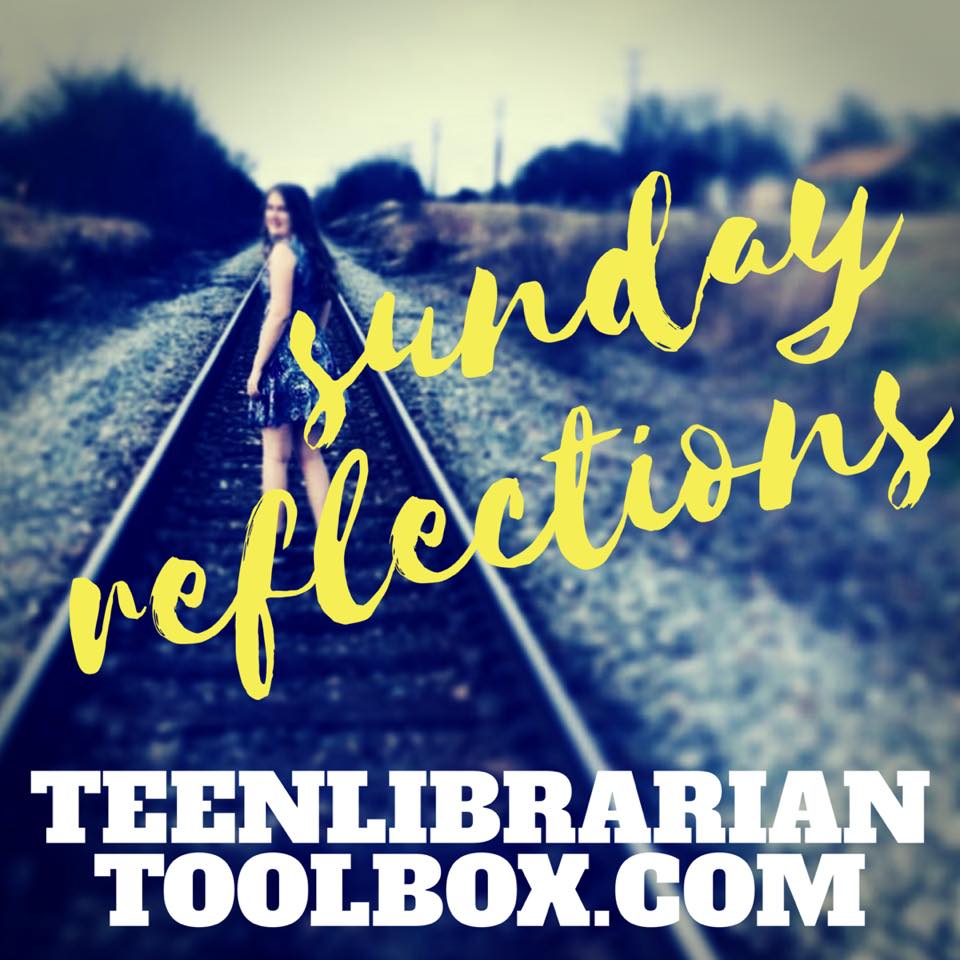
I am both a librarian and a mother. In fact, I am the mother of two daughters, one who is a prolific reader (age 17) and one who struggles to read or enjoy reading because of dyslexia (age 10). In all of these journeys, I’ve learned a lot about what I think we do right – and wrong – in the classroom and in our homes to help or hinder our children in the quest to develop a love of reading. And make no mistake here, this is what I think our ultimate goal is: to help our children develop a love of reading so that they will continue to be lifelong readers because reading has tremendous value. It’s not just a necessary skill, it can and should be an enjoyable practice that we can choose to engage in of our own free will during any moment that has intellectual, social, emotional and health benefits. Yes, there are health benefits to reading because it can help reduce stress, among other things. So my goal here is to help us all cultivate a true intrinsic love of reading in our children to carry them through their lifetime.
Given that stated goal, I want to share with you what I believe we do right and wrong and can do better. This is a culmination of 26 years experience working in libraries, 26 years of reading professional literature on the topic, and 17 years of parenting experience. You will find a lot of this stuff in other places and often said better and with research and data to back it up, but I hope this will help us all stop and consider what we’re doing, why we’re doing it, and what effect it may or may not have.
ADVERTISEMENT
ADVERTISEMENT
So you want to raise a reader? I have some tips for you.
Do not fight about reading. Ever.
We fight about homework, making the bed, taking a shower, eating your vegetables, etc. Teachers create assignments that lead to those same types of fighting around the topic of books and reading. All of that fighting instills in our children values and perceptions regarding the topic we are fighting about. I realized at one point that my husband was fighting a lot with one of my daughters about what she was reading, and it was making her want to stop reading period. I saw this pattern repeated myself last year when I was fighting with my youngest child about reading and a school reading assignment. Fighting about reading does not help build positive feelings about reading. It becomes a source of stress, frustration and anger for all parties. We need to find ways to get kids reading that don’t result in fighting in school or at home. We need to take away all this negativity surrounding the topic of reading.
Don’t use reading as a reward or a punishment
Reading has value in and of itself and when you tie it into other things as either a reward or a punishment, you are complicating this message. Reading then is no longer about reading, but it is about other things. I once read an article that talks about how you shouldn’t use bed as a punishment, sending children to bed because they are in trouble for some totally unrelated thing, because the child will just develop negative feelings about their room, their bed, and sleep in general, which can lead to disordered sleep. This is also true of reading. If you want to raise a reader, don’t tie reading in with other things. Recognize the value that reading has and let it stand on its own. Don’t complicate the feelings surrounding the topic of reading by tying it into things it doesn’t need to be tied into.
Listening to audio books is reading
Like many people, I use to think that listening to audio books is not reading. Then I started raising a daughter with dyslexia and gained a better understanding of what living with a disability is like. I also learned that brain scans of people listening to audio books lights up the same areas as people who are reading. I also started commuting an hour to work both ways. As with a lot of things in my professional and personal life, I’ve learned a lot about audio books and my knowledge of this topic has grown and I am hear to tell you: listening to audio books is reading. For many kids, it is the best way for them to read because their brains literally process the words on a page differently.
Reading graphic novels is reading
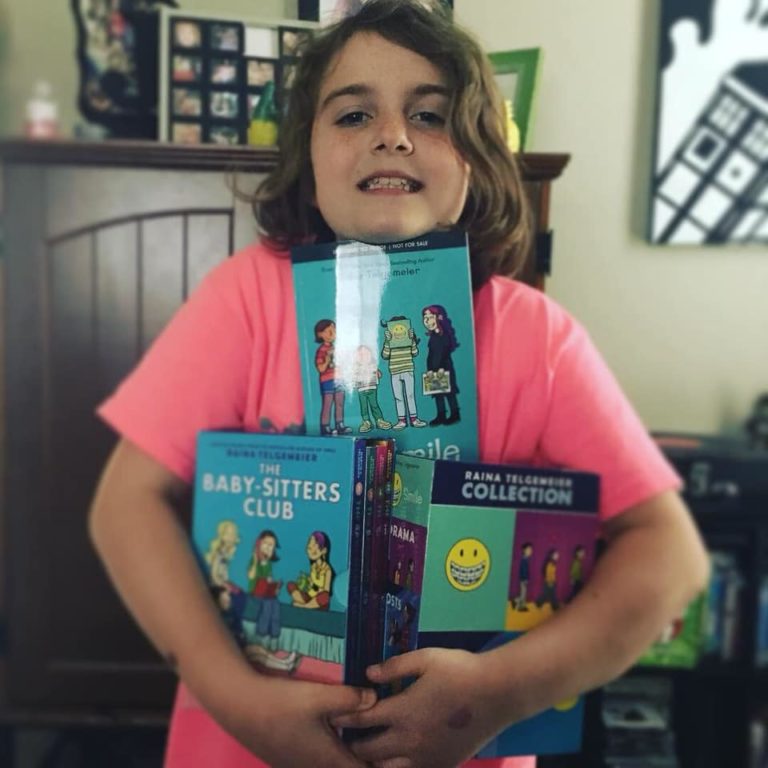
My youngest child will currently only read graphic novels, for a wide variety of reasons. I’ve talked to her about what she likes and the design of the pages, the layout, the pictures, the flow of the text, all help her follow the story and process the information. Plus, she just enjoys them. A lot of educators and parents turn their noses up at graphic novels and I am here to tell us all, it’s important that we embrace graphic novels because they are both enjoyable and helpful to our children (and adults) who want to read but may struggle for a wide variety of reasons. And a lot of very fluent readers enjoy them because they are, in fact, reading. So please, let’s all get over whatever issues we may have with graphic novels and recognize that reading graphic novels is reading.
Reading the same book over and over again is okay
So you know how I mentioned earlier that my husband and oldest daughter once had a summer where they fought a lot about reading? It was because she kept reading the same Diary of a Wimpy Kid book over and over again and he wanted her to read something else. But it’s fine to read a book multiple times, yes even for an entire summer. When kids read something over and over again, they are gaining mastery of the text. They are finding comfort in something related to the story. Each time, they will see new details, go a little deeper into the story, and yes, they will even learn new words. Some of us watch the same movies multiple times, because we enjoy them. It’s okay to do this with books.
Reading below level is fine. Yes, even picture books.
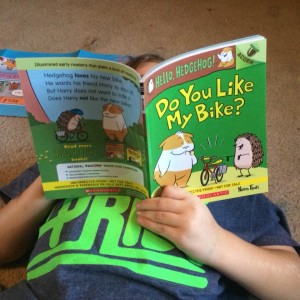
A lot of people are really obsessed with the levels of books that our kids read, and this is harmful. One year, after reading Fudge, my prolific reader was told that she couldn’t read Superfudge because it was above her level. This does not make a kid love reading. Some parents come in asking for books that are clearly above level for their children. This also does not make a kid love reading. I also know of a high school librarian who got rid of all the books leveled at 6th grade from her school library because they were “too low” of a level for her students, but for what students? Be careful about using book levels as a value statement because there are a lot of reasons a kid may want to read a book and this can be harmful.
Sometimes, my dyslexic child will put out a familiar picture book and read it and you know what, that’s fine. You see, for dyslexic children reading is literally emotionally and physically exhausting. Because dyslexic children have to work harder to decode the text, it takes more energy and can leave them feeling tired. And having a constant sense of failure or fear or stress around the topic of reading just drains the self-esteem and love of reading out of our dyslexic children. So yes, let them read something safe, affirming, familiar and comforting. Let them have a time and a space where reading doesn’t have to be a constant source of struggle. And this is true for all readers, not just dyslexic ones.
If you can, buy a magazine subscription
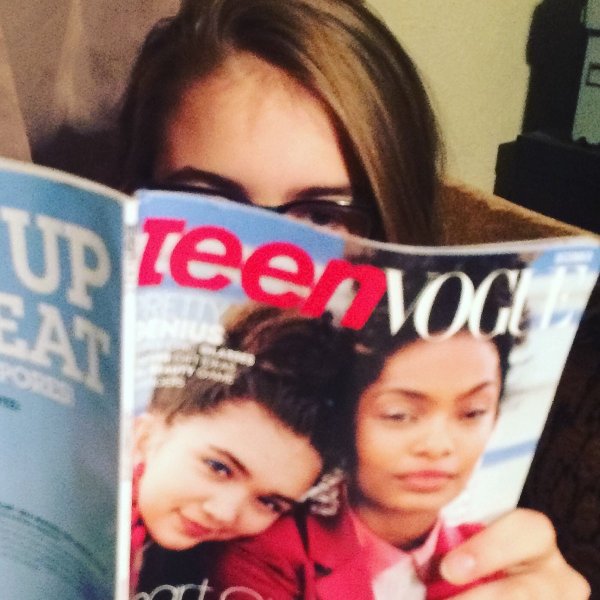
For years now, I have recommended magazine subscriptions to parents who have come in asking how to help their kids to be better readers. For one, everyone likes to get mail. It’s fun! Also, magazines have a lot of the same appeal factors as graphic novels and picture books. They have shorter stories, graphic elements that up the appeal, and they can just be fun. For my ten-year-old, we have a subscription to Highlights.
When watching TV, turn on the captions
We watch a lot of British shows, baking and murder mysteries are our jam. So we started using the captions because some of the actors had heavy accents and we didn’t always catch what they were saying. But then I noticed that when the captions were on, my youngest was practicing reading. Now we just watch everything with the captions on. Shark documentaries. Superhero movies. Cartoons. All of it, we use the captions and it can help with the reading practice.
Fill your home with books
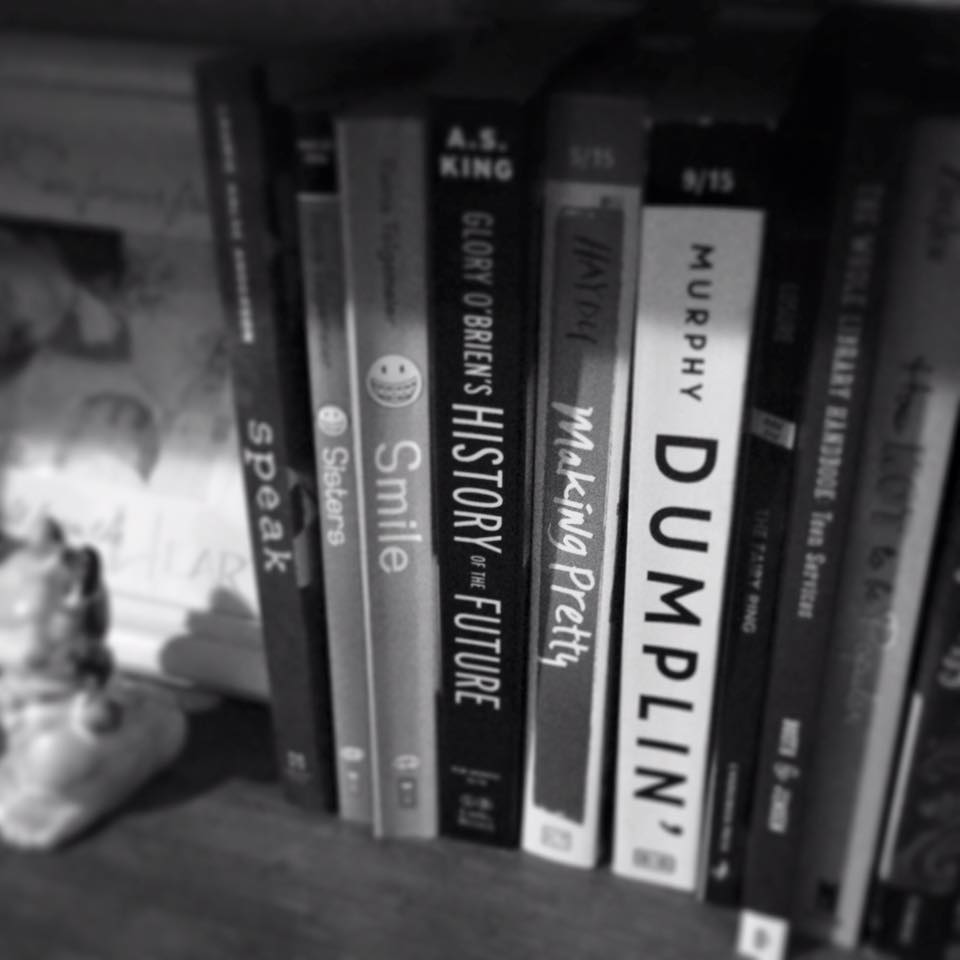
Having books in the house at all times helps. Research shows that the more books a child has access to in the home the more likely they are to be better readers. Part of this is obviously just access. If they get bored on a Sunday night at 8:00 pm, they can grab a book off of a shelf and read. It’s there and it’s available. It also just communicates to our kids that we value reading. The simple act of filling our home with books communicates the value of reading.
I’m obviously an advocate of visiting the library. Do that and often. But also, if you can, buy books or visit free libraries. I am here to tell you that there is something powerful about owning your own books as well. Because I work in a library, I bring home a lot of books. We read and love them. But the ones we really love, we buy. Because there is something magical and powerful that comes when you own your own books. My youngest child seems more likely to read a book if she owns in and I can’t really explain it, but for some kids that ownership can be important and meaningful.
Model reading in your home
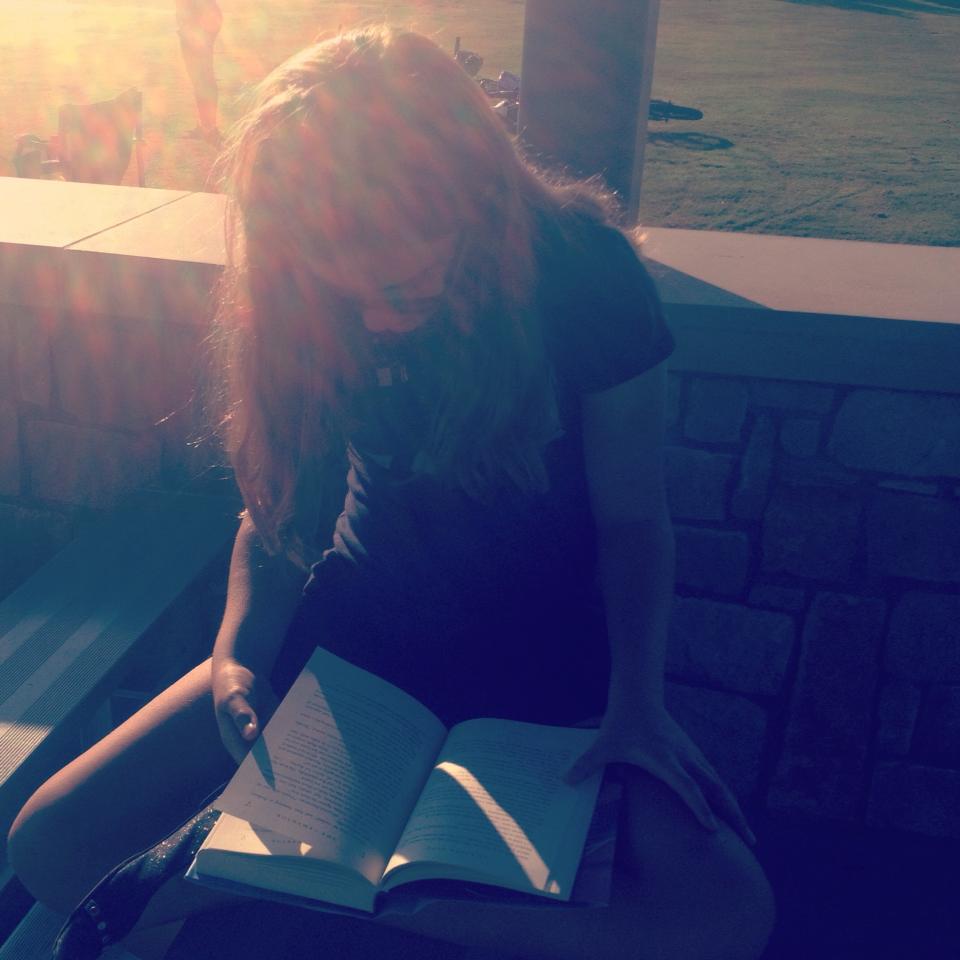
Let your kid see you reading. Turn off the tv and have quiet/reading time. If your kid doesn’t want to read during that time, it’s okay, just the simple act of modelling helps. When I sit and read sometimes my kid will start out on the phone and then pick up a book because she wants to be like mom. You know how they always say do as I do and not as I say, it’s because what we do is far more impactful than what we say. Your kids need to see you reading to know that you value reading and that they should to.
Set up reading spaces in your home
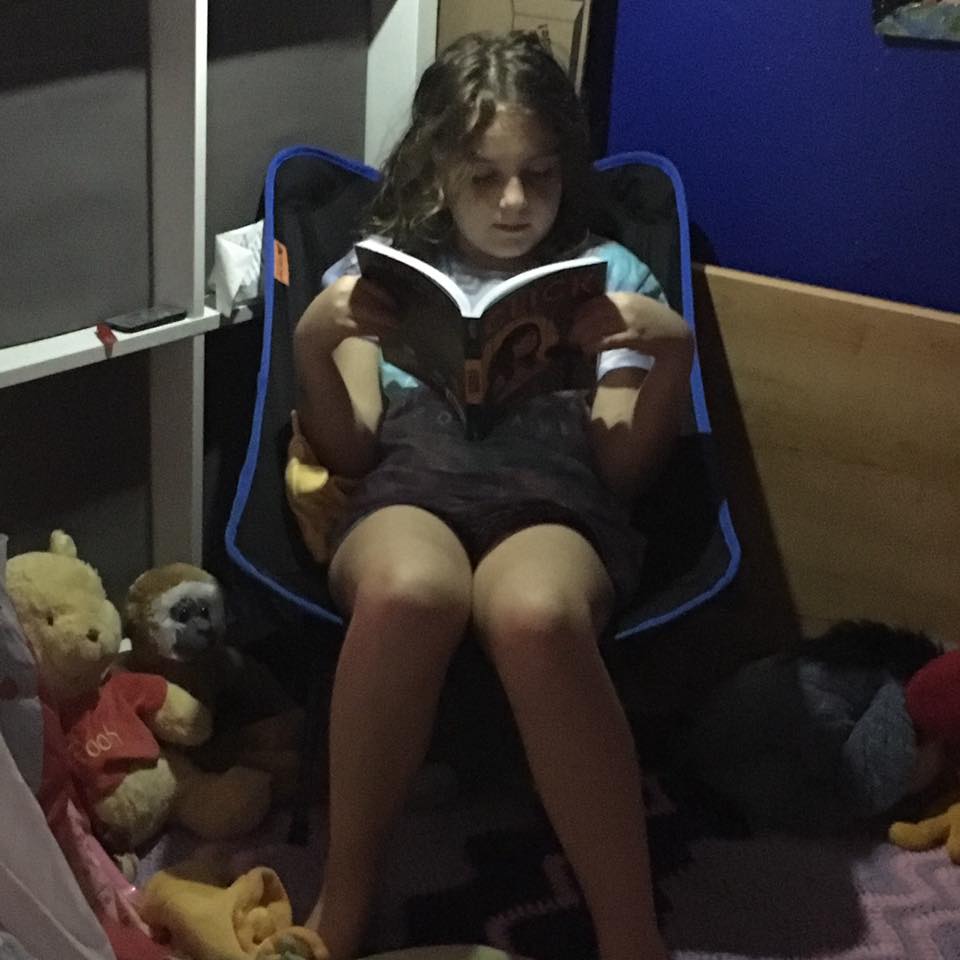
Having a special, inviting and comfortable space in your home dedicated to reading also sends a powerful message. It doesn’t have to involve a lot of space, time or money. Stringing up a blanket fort works. A bean bag chair in a corner with a basket of books works as well. It works to serve as a reminder to our kids that we value reading in our home so much, we made a special and safe and comfortable space for it.
Carry books with you and have your kids do the same
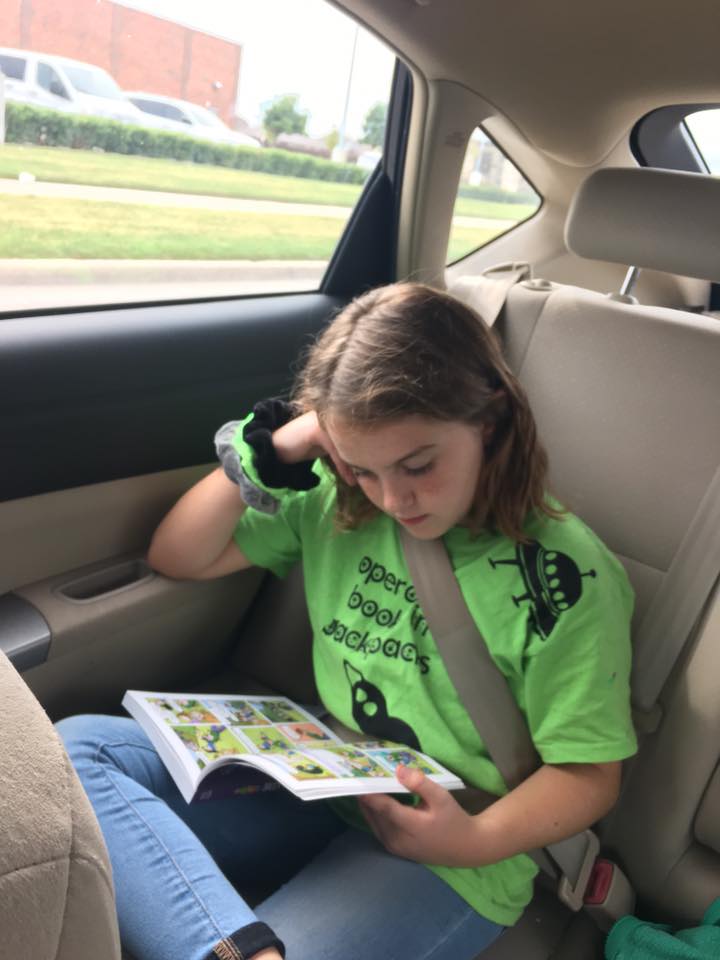
Going in the car? Grab a book. Going on vacation? Grab a book. Going to the dentist or doctor? Grab a book. Get in the habit of grabbing a book – making sure your kid sees you doing this – and ask them to do the same. When you have a free moment, take that book out and read. Let the practice of carrying and reading books become a part of who you are and how you live your life as a family. Your kids will see that behavior and copy it. Again, you’re sending powerful messages about what you value in the ways that you choose to spend your time. This is also true for teachers.
Talk to your kids about books and reading
Tell your kids what you’re reading, what you think about it, and why. Ask them about what they’re reading. Talk about magazine articles, blog posts, etc. Do you have a teenager with a digital device? Send them articles that speak to you. Make it a practice to talk about what you’re reading and how you respond to it with your children. One, it helps build emotional connections and meaningful relationships. Two, you are once again demonstrating that you are a person and a family that values reading.
Don’t immediately discount the power of digital devices
Speaking of phones or tablets, keep in mind that a lot of what we do on our devices IS reading. There is research that shows that reading a physical book is better for younger kids than digital, but even if your kid is scrolling through Insta or texting friends, there is still often reading and writing involved when we use our devices. Moderation is key, but there are benefits. Also, as someone who spends a lot of time reading the news and blogs, I’m here to remind you that many people read on their devices. Just because you see someone on a device does not mean that you should assume they are doing nothing or aren’t being productive.
Let your child know it’s okay to stop a book they don’t enjoy
I used to be one of those people that thought you had to read every book you started all the way through to the end, which meant I spent a lot of time not enjoying reading. I was miserable because I was reading books I hated. Then I learned a secret: You don’t have to finish a book. In the book reviewing world we talk about it as DNFing a book: Did Not Finish. If you don’t like a book, you can set it aside – or throw it across a room if you want and it’s your book – and start a new one that you enjoy. It’s a gift to know that reading doesn’t have to be suffering and pain. Tell kids this secret and let them find joy in reading.
All books are for all readers
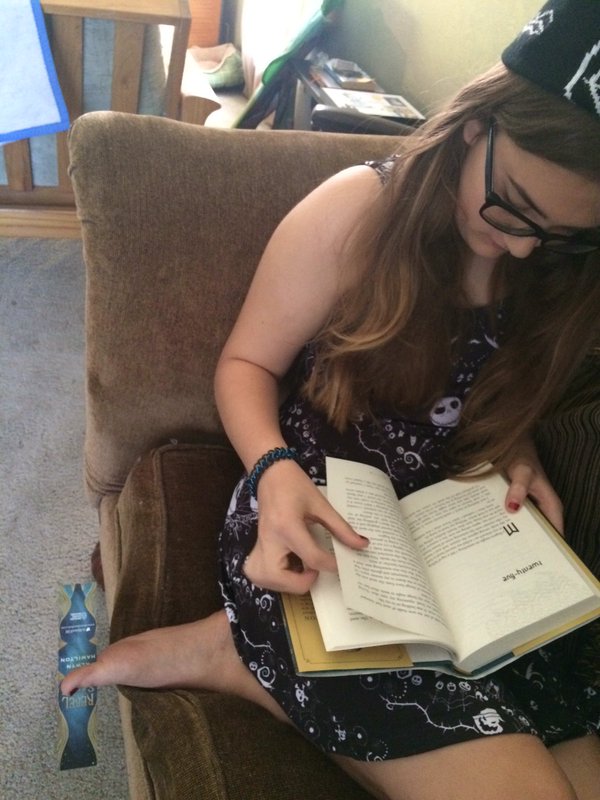
ADVERTISEMENT
ADVERTISEMENT
This is very important: stop telling people what kinds of books they can and can’t read. There are no boy books. There are no girl books. Books have no gender, they are literally pages bound in a cover and they lack any sex organs or chromosomes or gender. One of the reasons that we value reading is that it helps us develop a stronger world view and a more compassionate point of view. Automatically excluding a book for someone because it’s characters or authors are of a different race, gender, sexual orientation, etc. means that you are cutting that reader off from gaining a better understanding of the world and the various people that inhabit it.
Take advantage of creative ways to engage with and promote reading when they arise
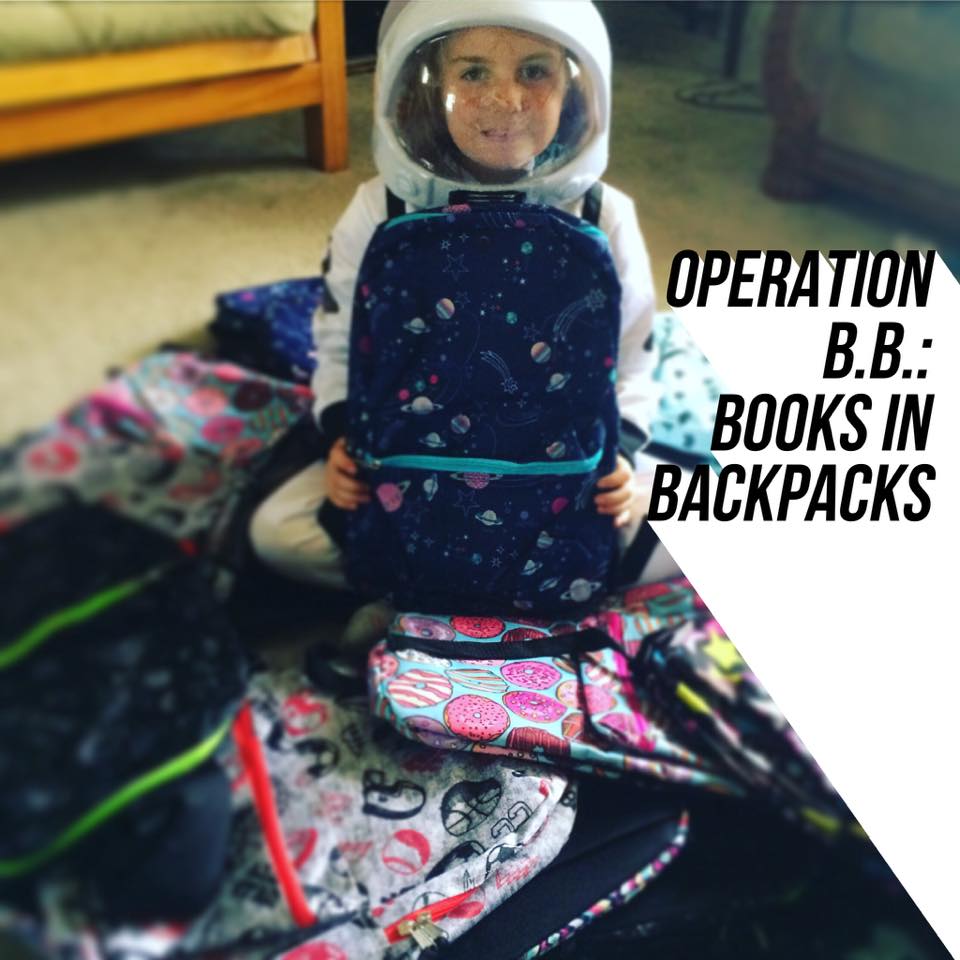
Make a home or classroom reading wall. Cover your walls with reading related art: book covers, homemade signs that promote reading, etc. I love to take photos so I take photos of my girls reading and place them on our walls. I have posters about reading that I’ve picked up in places decorating my walls. When my youngest decided she wanted to start a project to help get books to kids in need, I found ways to support her. We fill Little Free Libraries with books when we can. When opportunities arise to promote books and reading, seize them if you can. Everything you can do to help create a culture and lifestyle of reading helps.
Free choice is extremely important
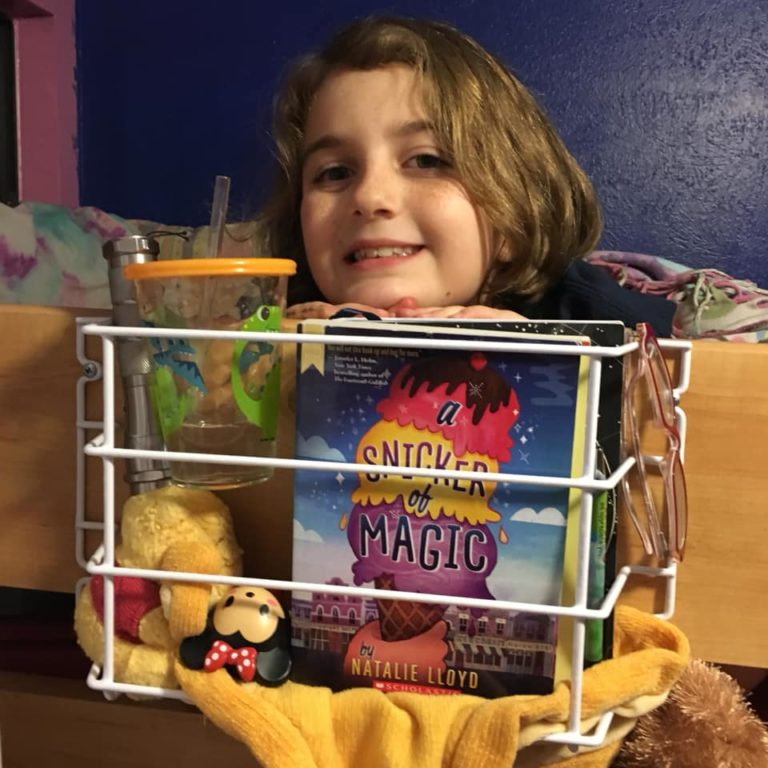
A lot of these ideas stated above can be simplified by saying this: study after study has shown that when kids get to choose for themselves what they read, they are more likely to enjoy reading it. And when they enjoy reading and have more positive reading experiences, they are more likely to continue to read of their own free will and become both more proficient readers and life long reader.
If I were to sum up all of my hot tips about raising life long readers it would focus on these 3 key elements: Access, Choice and Feelings. We want kids to have access to books and reading experiences in a variety of ways, and we want them to have the choices of when, how and what to read, so that they will develop positive feelings about the subject of reading by having positive reading experiences. That really summarizes everything I’ve said above really well. So whether you are a parent, a teacher or a librarian, let’s do what we can to help make this happen so that we can raise a generation of life long readers who choose to read because they enjoy and value reading. Let’s raise readers!
What other tips, tricks, strategies and successes do you have to share? Please discuss in the comments.
More on My Journey as a Parent and Librarian to a Child with Dyslexia
Filed under: Uncategorized
About Karen Jensen, MLS
Karen Jensen has been a Teen Services Librarian for almost 30 years. She created TLT in 2011 and is the co-editor of The Whole Library Handbook: Teen Services with Heather Booth (ALA Editions, 2014).
ADVERTISEMENT
ADVERTISEMENT
SLJ Blog Network
Name That LEGO Book Cover! (#53)
Cover Reveal and Q&A: The One and Only Googoosh with Azadeh Westergaard
K is in Trouble | Review
Fighting Public School Book Bans with the Civil Rights Act
ADVERTISEMENT

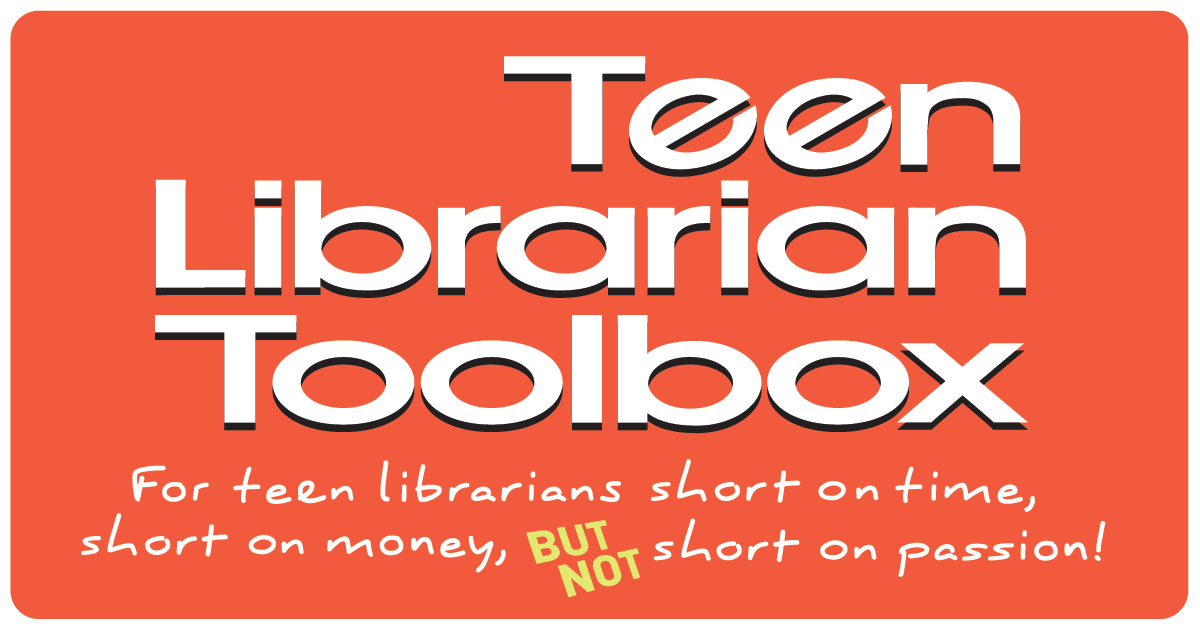

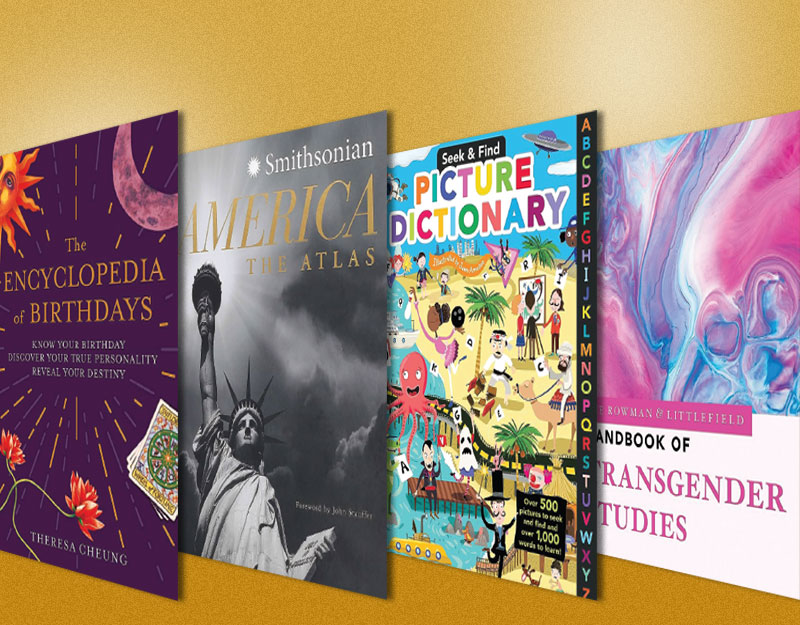

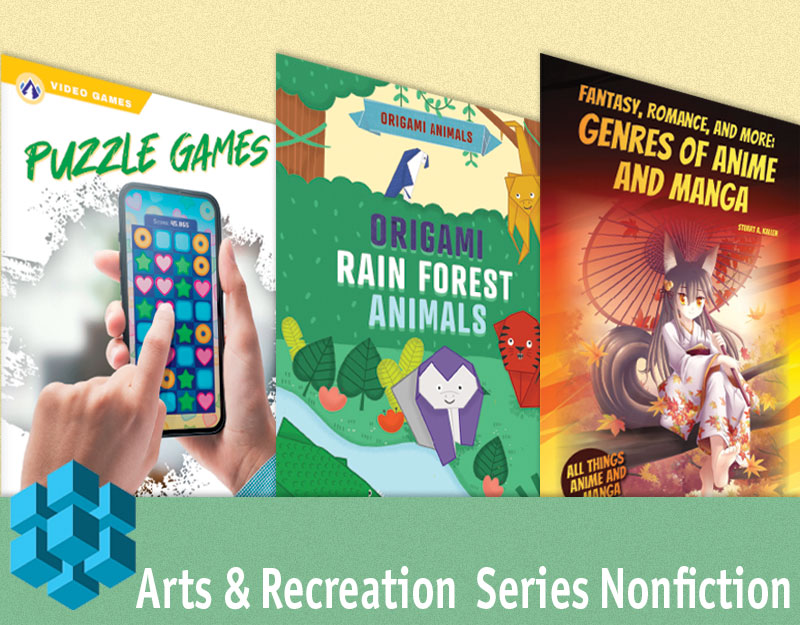

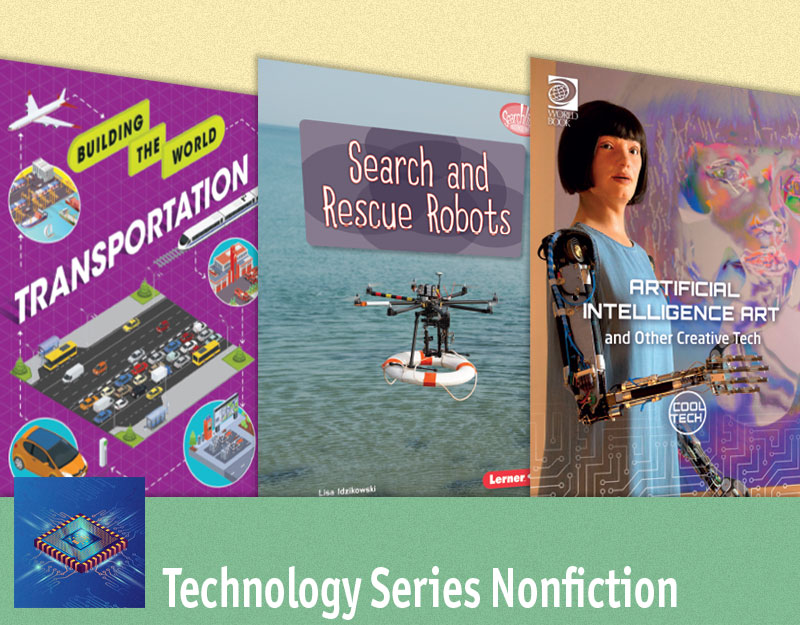
What a great list! I couldn’t have said it better myself.
Great Article! Things I tell parents all the time. I am letting them read your article,
maybe they’ll listen!
This would be so great to share with parents. I know e-mailing is an option, but is there any way to share a printable version of this article to have on meet the teacher night?
Thanks
I absolutely loved this. Thank you.
Thank you!
Thank you!! Its really enjoying and useful article
Great tips given
Hi, Can I reblog this article?
It would be a great asset in my Parent’s corner on our Library’s blog.
I would give credentials, obviously.
Thank you,